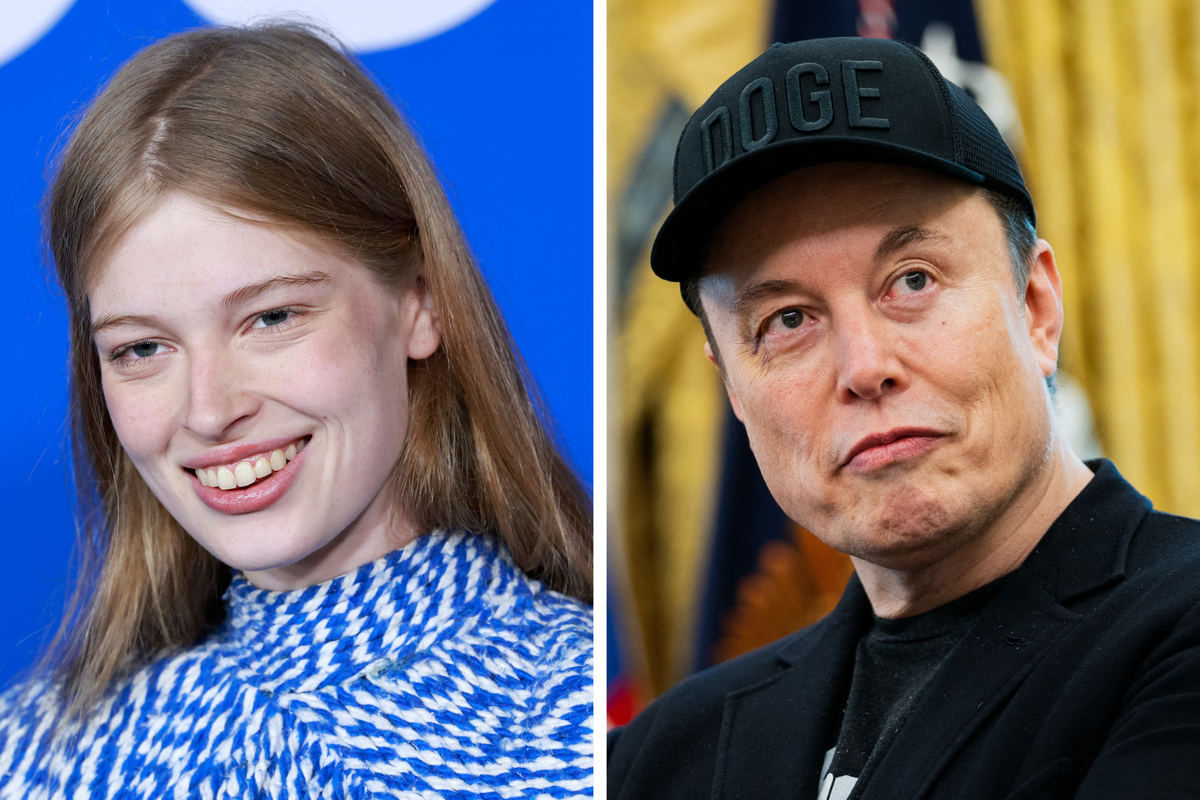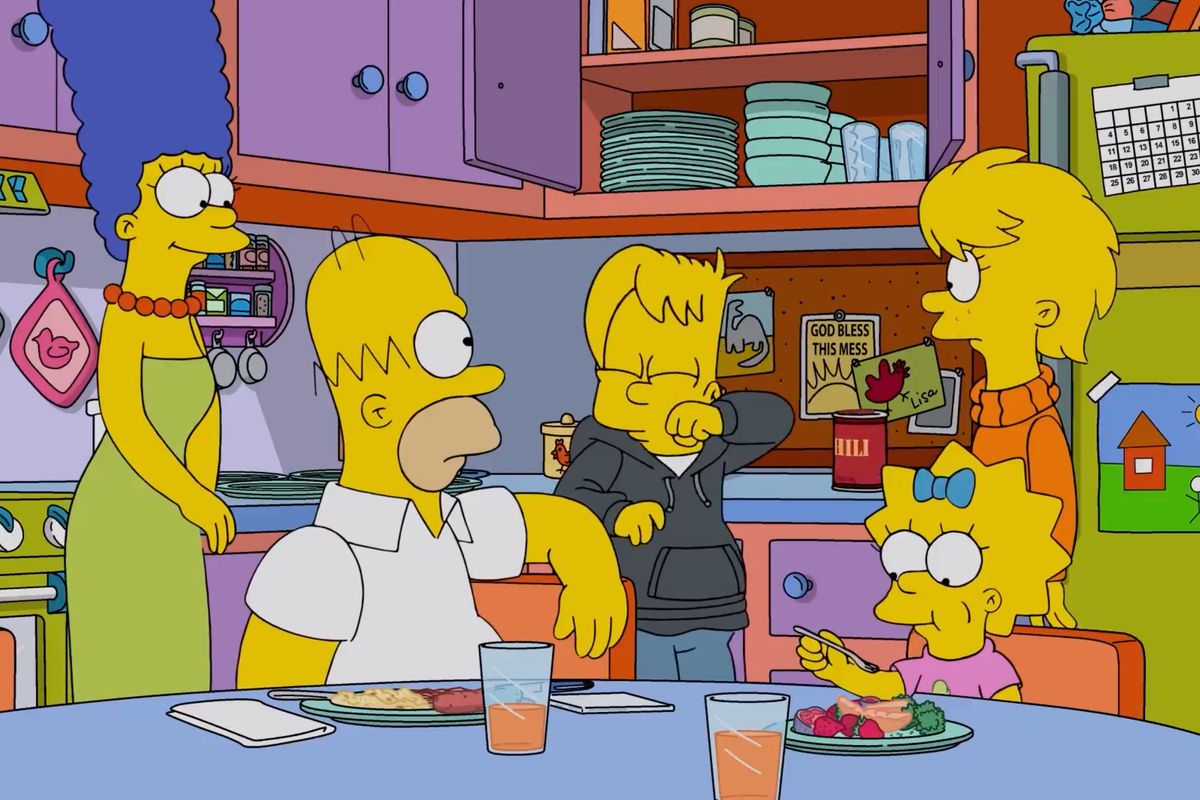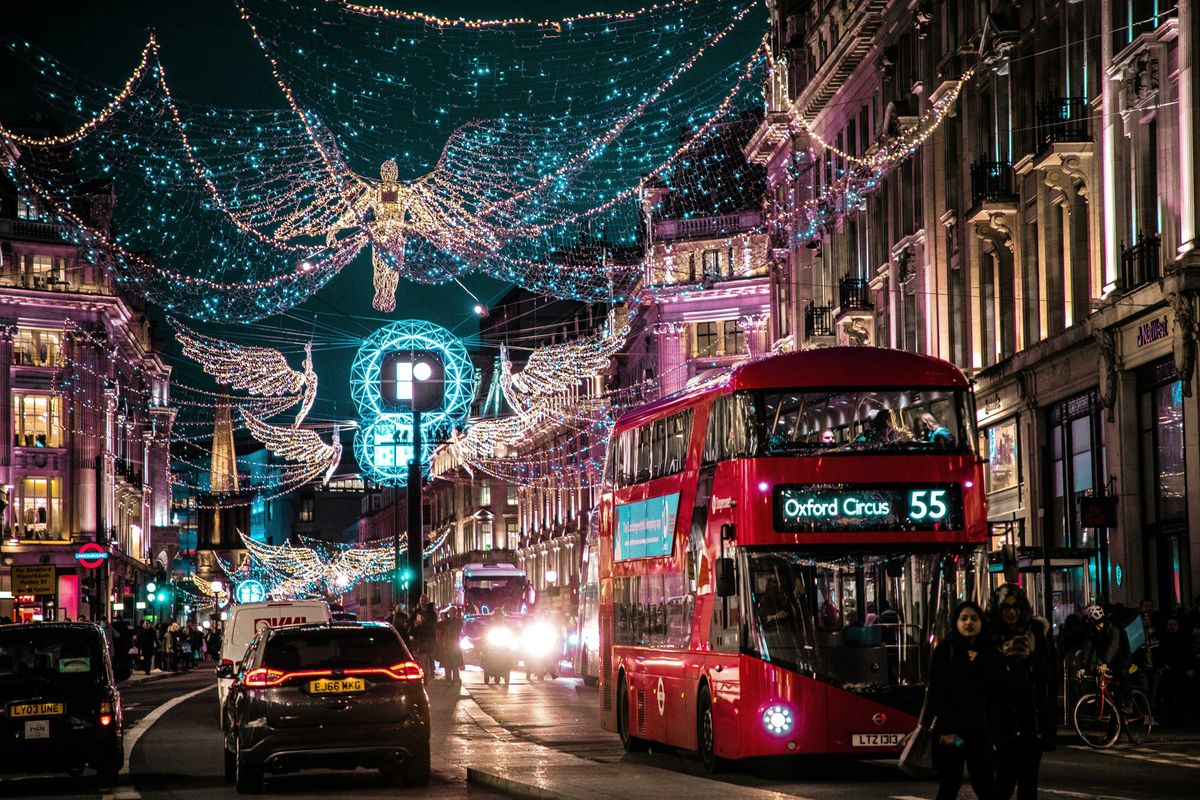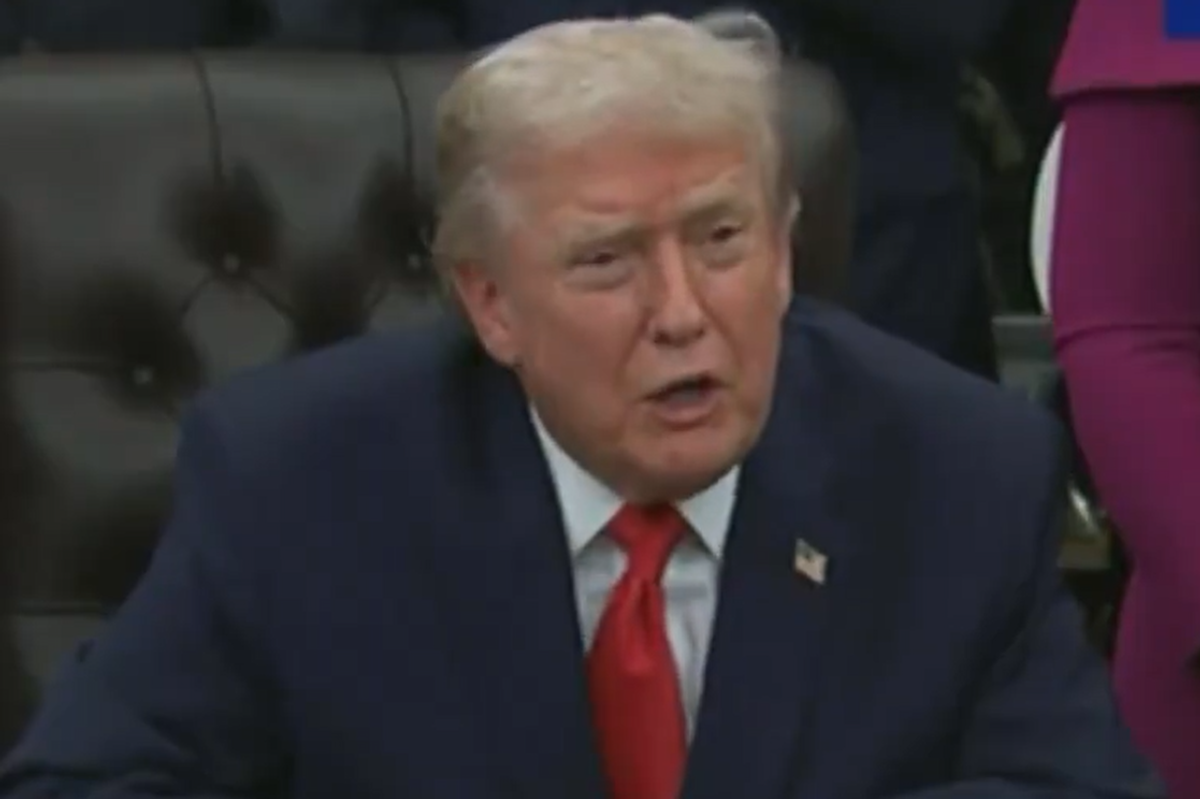Greg Evans
Oct 08, 2020
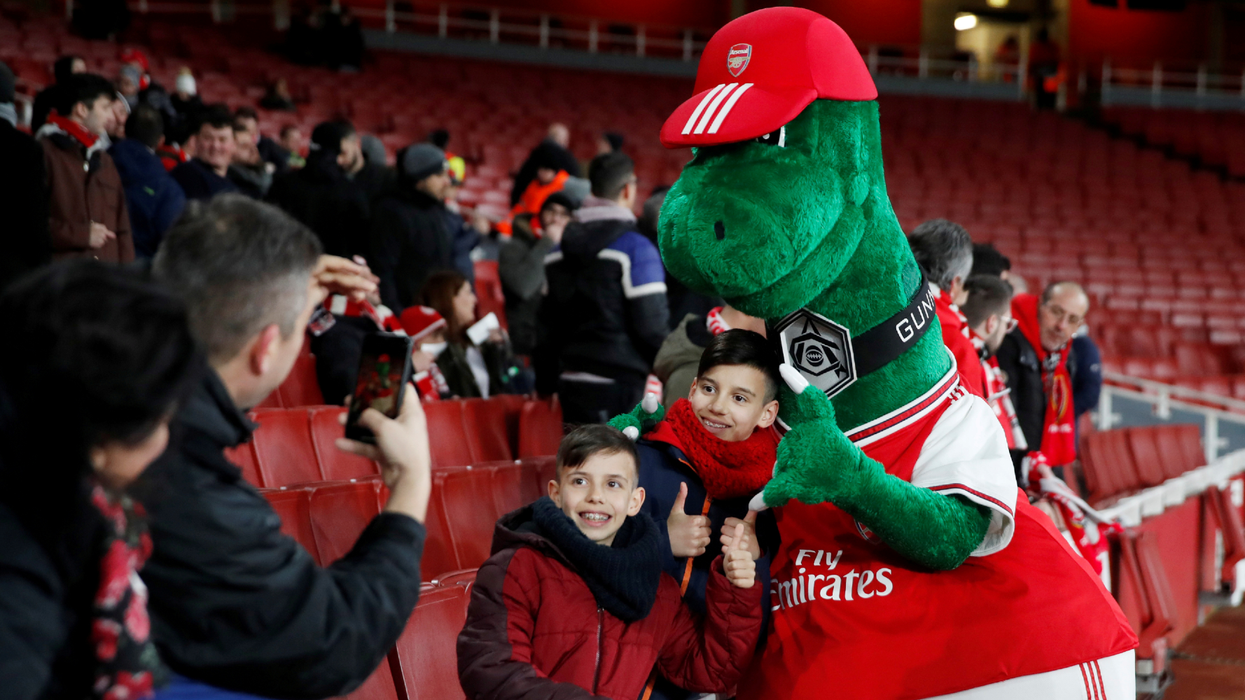
Picture:
DAVID KLEIN/Reuters
If you were taking bets on what the biggest story in the first week of October would be most money would probably go on either another Trump or coronavirus scandal.
Although there are always stories about those two subjects they have arguably been eclipsed by the controversial sacking of the dinosaur mascot at Arsenal football club.
On Monday, the north London side, announced that their beloved mascot Gunnersaurus was being let go by the club as part of cost-cutting measures because of the Covid-19 pandemic. He was one of 55 people let go by the Premier League side, after the first team players and manager, Mikel Arteta took a 12.5 per cent pay cut in April.
The big green Jurassic beast had been played by Arsenal fan Jerry Quy for the past 27 years and had been a mainstay at Gunners games since becoming a favourite of fans and rivals alike, thanks largely due to the absurdity of seeing a dinosaur at a football match but also the narrative that Gunnersaurus just likes to have fun. Look no further than his Instagram pictures in lockdown to see an example of the odd type of comedy that the mascot could easily create.
The outpouring of tributes to Quy and Gunnersaurus was almost overwhelming when the news broke with former players and celebrity supporters expressing how sad they were to hear that the mascot was no longer employed by Arsenal.
To show just how well known and liked Gunnersaurus is, other clubs also paid tribute, with some clubs around Europe offering to give him a job.
The outrage has even reached a political level, with the Labour leader and Arsenal fan Keir Starmer hitting out at his club, admitting that he was disappointed in the decision.
As Starmer mentioned, currently out of favour Arsenal midfielder Mesut Ozil has attempted to solve the situation. The German-made an incredible intervention on Tuesday by offering to pay for Quy's salary from his own wages as long as he is employed by Arsenal. This aspect of the story has even made the New York Times.
Arsenal has attempted to clear up the situation by declaring that Gunnersaurus will be returning when fans are allowed back into stadiums but it remains unclear if Quy will be the person in the suit. A spokesperson from the club has been quoted as saying:
Gunnersaurus is not extinct and will return to action when fans are allowed back at matches
It remains to be seen what happens next with Gunnersaurus but although mascots aren't necessarily important at match days, especially when there are no fans, they are still valued in other aspects of football clubs wider community projects.
I am not an Arsenal fan but actually a lifelong West Bromwich Albion fan. The West Brom mascot 'Baggie Bird,' not to be confused with the more banter material 'Boiler Man' was one of the first autographs I ever got from the club not because I was desperate to meet a giant bird but because he was friendly and happy to meet younger fans whereas players were often busy being serious footballers, like they were paid to do.
As a young fan, attending football matches can be a thrilling but almost overwhelming experience. Being surrounded by that many people and hearing many words that you've probably never heard before could put some children off football for life. Yet the presence of a friendly mascot before the game who would give you high-five and have their picture taken with you is reassuring and let you know that this is a friendly environment for everyone.
Mascots are often the first interaction that youngsters have with a club. While everyone would like to think that their favourite players could all be like Marcus Rashford and do everything within their power for younger fans, its not always the case but a mascot can do that. Be it hospital visits, handing out Christmas presents or sending birthday messages, mascots make you feel part of the club.
For Gunnersaurus, the character wouldn't even be in existence if it wasn't for a design competition from Arsenal's Junior Gunners fan club in 1994 that was won by an 11-year-old Jurassic Park fan. Perhaps the fact that Gunnersaurus was created by a child is why is resonates so much with a younger audience despite the fact that a dinosaur has almost no connection to Arsenal and north London whatsoever. Just watch this video of the mascot speaking to young football fans during lockdown to show how much the character brightened up their day in what has been an otherwise distressing year.
While the importance of mascots should be clear to see, as a positive representation of a football club, the optics that this has put on Arsenal isn't particularly what they would have wanted. Football clubs have long been criticised for neglecting their fans and almost not needing them. Matchday revenue is traditionally something that smaller clubs depend on to stay afloat with bigger teams able to sustain their expenses through television and advertising deals. The pandemic and lack of fans in stadiums has proven that to not be entirely true given the wage cuts that many players have agreed to this year.
That being said, Arsenal's 12.5 per cent pay cut means that the players will still be earning weekly wages that many of us could only ever dream of. The amount the Quy was being paid to play Gunnersaurus has not been disclosed but it can hardly have been even a modicum of the £250,000-a-week that star striker Pierre-Emerick Aubameyang earns. It will certainly be more that what Quy will be earning now and we can't be sure but there can't be many job vacancies for mascots going right now.
Quy's departure happened on 'transfer deadline day' when clubs in the top leagues around Europe have to complete all their deals. Before that day was over, Arsenal recruited the Ghanian midfielder Thomas Partey from Atletico Madrid for £45 million. The fact that Partey's arrival and Quy's departure occurred on the same day led to many football fans drawing some conclusions about the cost-cutting measure behind Gunnersaurus's temporary retirement.
Arsenal's majority shareholder is the US billionaire Stan Kroenke, who has a reported net worth of $8.3 billion but hasn't always been the most popular figure at the club since he joined the board of directors in 2008.
We can't be sure if Kroenke has even met Gunnersaurus or if he is even aware of the mascots existence or the joy it can create. However, if he were to see how much happiness that a man in a giant dinosaur suit wearing a football kit would create then surely he'd demand that Quy be brought back to the club ASAP regardless of how much it would cost.
Although fans can't be at stadiums at the moment the antics of a mascot can still put a smile on anyone's face, no matter the setting and in 2020 we need all the happiness and cheer we can get.
Top 100
The Conversation (0)


